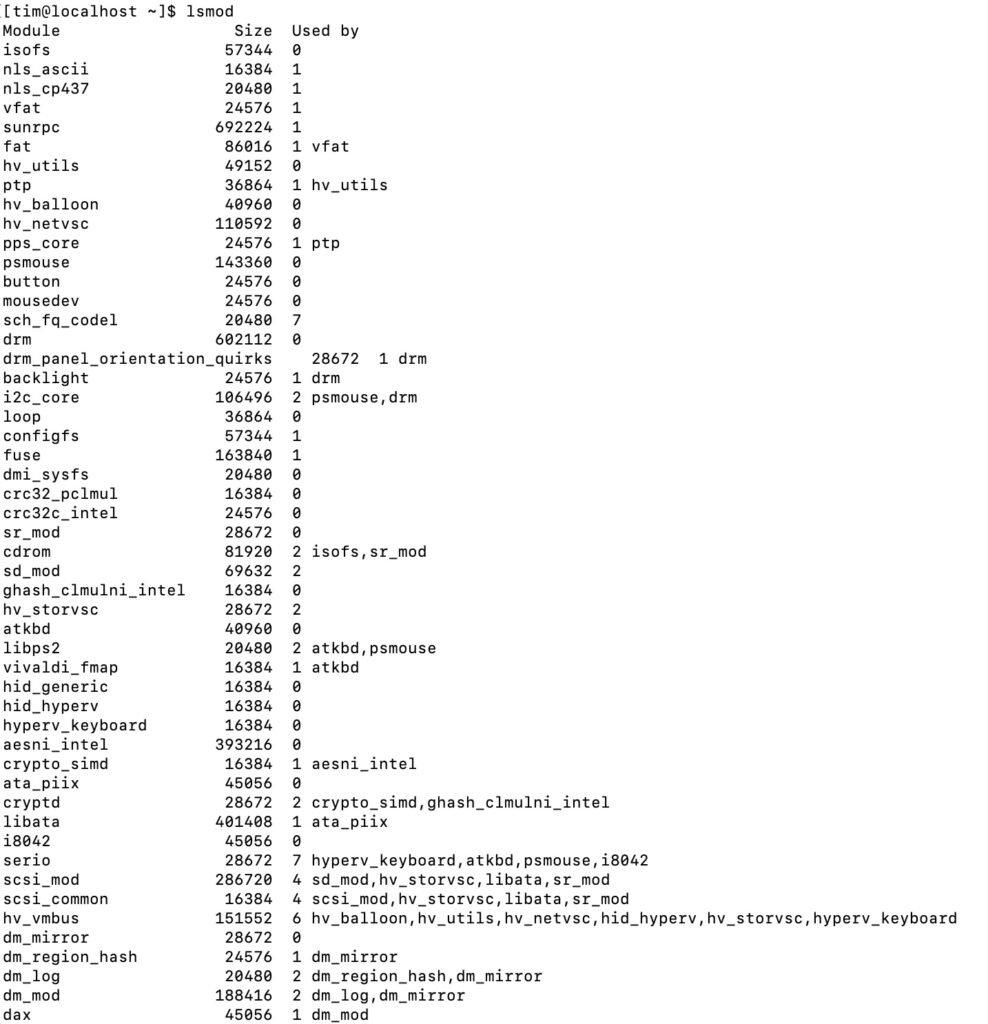Amazon Linux 2023 came out in March 2023, somewhat late as it was originally called Amazon Linux 2022. It took even longer to provide images for running it outside AWS, but these did eventually arrive – but only for VMWare and KVM, even though old Amazon Linux 2 does have a Hyper-V image.
Update: Hyper-V is now officially supported making this post obsolete but it may be of interest!
I wanted to try out AL 2023 and it makes sense to do that locally rather than spend money on EC2; but my server runs Windows Hyper-V. Migrating images between hypervisors is nothing new so I gave it a try.
- I used the KVM image here (or the version that was available at the time).
- I used the qemu disk image utility to convert the .qcow2 KVM disk image to .vhdx format. I installed qemu-img by installing QUEMU for Windows but not enabling the hypervisor itself.
- I used the seed.iso technique to initialise the VM with an ssh key and a user with sudo rights. I found it helpful to consult the cloud-init documentation linked from that page for this.
- In Hyper-V I created a new Generation 1 VM with 4GB RAM and set it to boot from converted drive, plus seed.iso in the virtual DVD drive. Started it up and it worked.

I guess I should add the warning that installing on Hyper-V is not supported by AWS; on the other hand, installing locally has official limitations anyway. Even if you install on KVM the notes state that the KVM guest agent is not packaged or supported, VM hibernation is not supports, VM migration is not supported, passthrough of any device is not supported and so on.
What about the Hyper-V integration drivers? Note that “Linux Integration Services has been added to the Linux kernel and is updated for new releases.” Running lsmod shows that the essentials are there:

Networking worked for me without resorting to a legacy network card emulation.
This exercise also taught me about the different philosophy in Amazon Linux 2023 versus Amazon Linux 2. That will be the subject of another post.